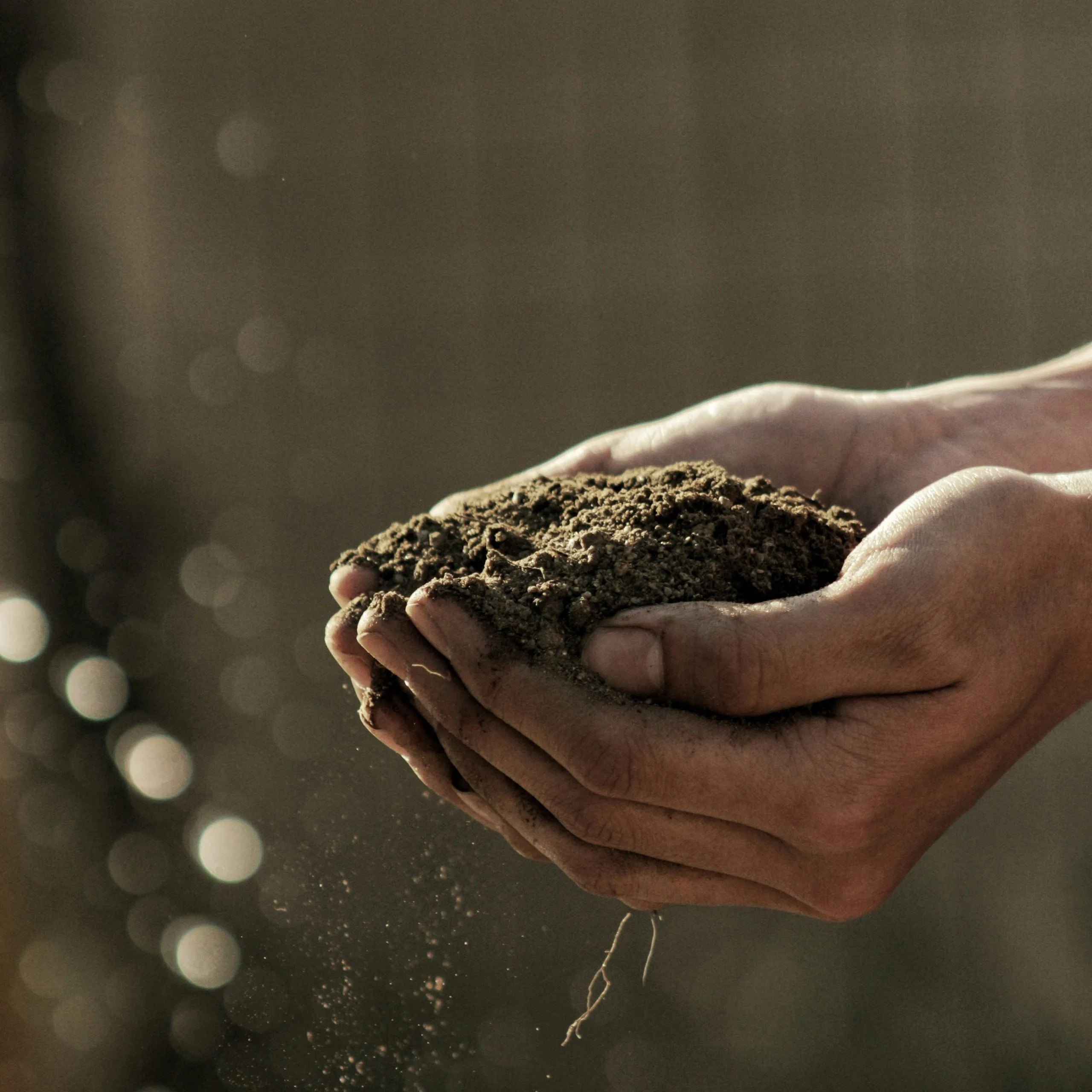Growing Tips
The Role of Soil in Photoperiod Cannabis Cultivation
The basis of cannabis cultivation, soil affects yields, nutrient absorption, and root strength. For photoperiod cannabis, soil quality is crucial at all levels and hence knowledge of how different soil conditions influence development and growth is essential.

What Is Photoperiod Cannabis?
Photoperiod cannabis depends on light cycles to transition between growth stages. Unlike autoflowers, which mature by age, these strains need 18 hours of light to grow and 12 hours of darkness to flower. While adaptable, they require strict light control for optimal yields.
Growth Stages in Photoperiod Cannabis
Cannabis grows in stages based on the photoperiod. Each stage needs a different type of soil so the plant can take nutrients, make strong roots, and make more.
Germination Stage and Soil Requirements
Seeds sprout and form roots during germination. Ideal soil is light, airy, and rich in organic matter for oxygen flow and root growth. Moisture must stay balanced to prevent damping-off disease. A 6.0-6.5 pH and 70-75°F warmth support healthy sprouting.
Vegetative Stage and Soil Requirements
Cannabis grows rapidly in the vegetative stage, needing nitrogen-rich, well-draining soil for strong leaves and stems. Root rot can be avoided by using loamy soil that has perlite or coco coir added to it. Beneficial bacteria help plants absorb nutrients better, and the right amount of water ensures healthy roots and good growth.
Flowering Stage and Soil Impact
During flowering, cannabis needs more phosphorus and potassium for bud growth. To avoid fungus problems, soil should be moist yet drain easily. While maintaining a 6.2-6.8 pH guarantees best yields and minimizes nutrient lockout, organic compost or bloom boosters improve production.
Autoflowering Varieties
Unlike photoperiod strains, autoflowering cannabis matures by age, flowering within 2-4 weeks regardless of light cycles. With a shorter life cycle, it is more vulnerable to overfeeding, therefore, it thrives in light, well-aerated soil with low nitrogen levels.
Why Soil Quality Matters for Photoperiod Cannabis
Soil quality impacts nutrient availability, root health, drainage, microbial activity, and pH balance, ensuring strong growth and high yields.
Nutrient Retention and Drainage
To prevent root rot, the soil must retain nutrients while removing excess water. Poor drainage promotes fungal growth, whereas excessive drainage depletes nutrients. Loamy soil with perlite or coco coir promotes balance. Growers supplying a cannabis dispensary require soil that resists waterlogging while maintaining fertilizer availability.
Microbial Life and Root Health
Beneficial microbes, such as bacteria and mycorrhizal fungi, degrade organic matter, increasing nutrient availability, soil structure, and water absorption. A microbe-rich living soil promotes a symbiotic environment, resulting in stronger, healthier cannabis plants throughout the growth cycle.
Soil pH and Its Impact on Growth
Cannabis flourishes at pH levels ranging from 6.0 to 6.8, ensuring that nutrients are available. Imbalances lead to nutritional lockout, which prevents critical minerals from being absorbed. Regular pH testing and changes with lime (to raise) or sulfur (to lower) aid in maintaining a healthy growth environment conducive to strong plant development.
Soil Types for Photoperiod Cannabis Cultivation
The appropriate soil type influences nutrient retention, root health, moisture control, and aeration, all of which have a direct impact on cannabis growth and yield.
Organic Living Soil
Organic living soil naturally cycles nutrients through microbial activity, providing a steady supply of minerals without synthetic fertilizers. It promotes long-term sustainability and good root development, hence avoiding nutrient deficiencies that could impede cannabis growth.
Coco Coir and Soil Mixes
Coco coir enhances aeration and drainage, making it ideal for soil mixes. Combined with perlite and compost, it creates a light, nutrient-rich medium that retains moisture while preventing overwatering, supporting healthy root growth in both indoor and outdoor cultivation.
Peat-Based Soils vs. Loamy Soils
Peat-based soils retain moisture better, making them ideal for dry climates. However, they might become too compacted, inhibiting root growth. Loamy soils, on the other hand, have a balanced ratio of sand, silt, and clay, resulting in improved aeration and drainage. The kind of soil can influence the growth of a cannabis plant, especially in its early stages, resulting in photoperiodic strains.
The Role of LED Lighting
LED lighting supports photosynthesis and soil health, enhancing nutrient absorption for stronger roots. Balanced light and soil conditions will help the plants to be healthier and more plentiful.
Common Soil Problems and Solutions
Even with the best soil, issues like overwatering, nutrient imbalances, and pests can affect plant growth. Keeping a good development environment depends on early discovery and resolution of these issues.
Overwatering
Too much water suffocates roots, leading to stunted growth and root rot. Signs include yellowing leaves, wilting, and slow development. Using well-draining soil and watering only when the top layer feels dry prevents overwatering.
Nutrient Deficiencies
Lack of essential nutrients can cause leaf discoloration, weak stems, and poor flowering. Common deficiencies include nitrogen, phosphorus, and potassium imbalances. Reestablishing balance calls for organic compost, liquid fertilizers, and worm castings. A thoroughly aerated, nutrient-rich soil mix helps to better absorb nutrients, therefore preventing shortages before they start.
Pest and Disease Management in Soil
Soil-borne pests and fungal diseases can weaken cannabis plants, making it harder to distinguish between a female and a male cannabis plant early on. Maintaining soil ecological balance calls for both suitable soil aeration and helpful bacterial treatments together with neem oil treatments. Moreover, helping to lower the possibility of issues is less moisture and the usage of sterile soil.
Soil quality is a crucial factor in photoperiod cannabis cultivation, affecting nutrient uptake, root health, and overall yield. By selecting the right soil type, maintaining proper drainage, and ensuring microbial balance, growers can create the ideal environment for strong, healthy plants and maximum production.


